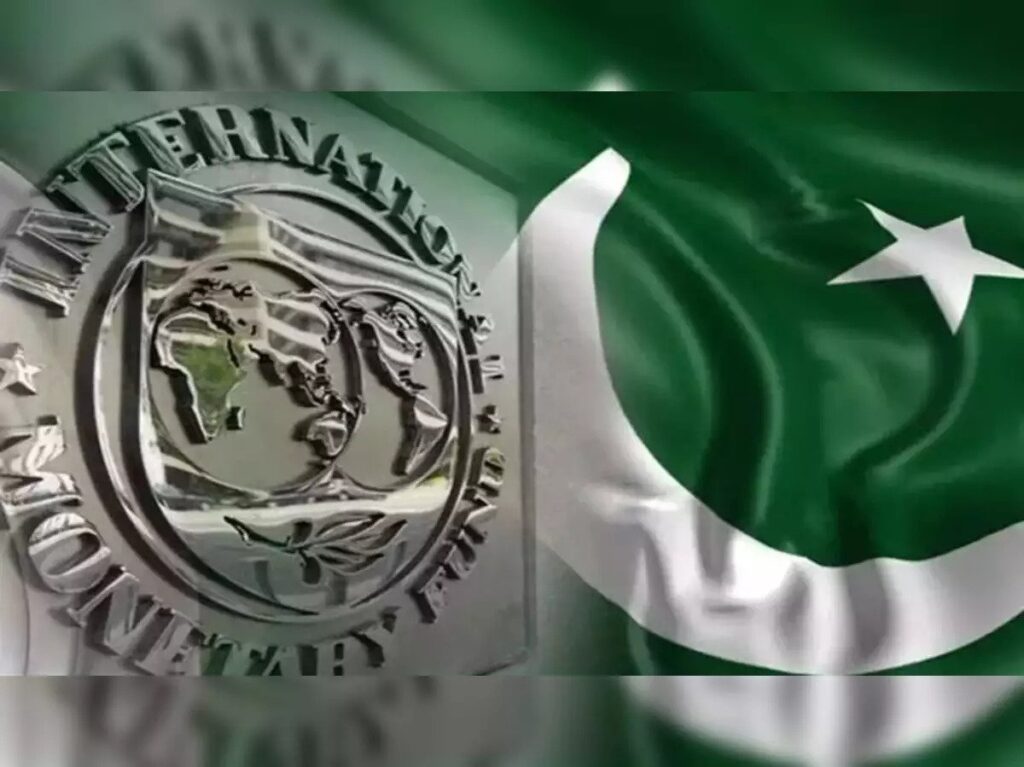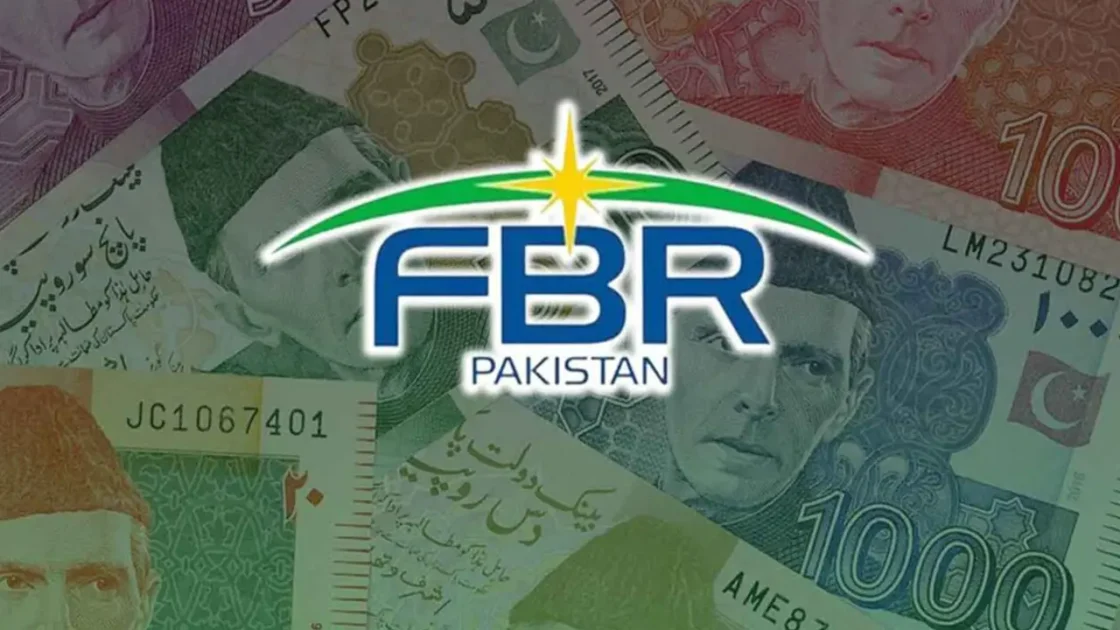- Web Desk
- Yesterday

IMF anticipates accelerated economic recovery for Pakistan
-
- Web Desk
- Oct 11, 2023

ISLAMABAD: Recognising Pakistan’s remarkably improved current account performance in the previous fiscal year, the International Monetary Fund (IMF) has expressed optimism for the country’s economic prospects in the upcoming fiscal years, surpassing forecasts by other international institutions despite prevailing macroeconomic challenges.
In the latest October edition of the IMF’s World Economic Outlook, it envisions a growth rate of 2.5 percent for Pakistan’s economy in the present fiscal year, with expectations that this will double to five percent in the following fiscal year. This marks a notable upswing from the 0.5 percent contraction observed in the preceding fiscal year.
Pakistan eyes second IMF tranche amid reforms
Consequently, the IMF now envisions a more rapid economic recovery than previously projected, with a five percent GDP growth rate anticipated for the 2026-27 fiscal year.
While the IMF’s latest growth projection falls below the government’s target of 3.5 percent GDP growth for the current year, it stands considerably higher than the recent forecasts issued by the World Bank, headquartered in Washington, and the Asian Development Bank (ADB), based in Manila.
The World Bank had recently projected Pakistan’s growth rate at 1.7 percent for the current fiscal year, with expectations of 2.4 percent in the subsequent year. The institution clarified that its estimates were based on data available in August and September.
Conversely, the IMF’s revised outlook appears to be influenced by the most up-to-date data it monitors on a daily, weekly, bi-weekly, and monthly basis, depending on the specific sectors, in line with the ongoing bailout program established with the Pakistani government.
Despite maintaining its growth projection at the level recorded in July, when it entered a nine-month $3 billion financing agreement with Pakistan, the IMF has updated its estimates for inflation and unemployment rates for the present and following fiscal years.
Previously estimating inflation at 27 percent for fiscal 2023, the IMF has revised this figure upward to 29.2 percent. For the current fiscal year, it now anticipates an average inflation rate of 23.5 percent, an increase from the earlier projection of 22 percent. Nevertheless, the IMF acknowledged the possibility of year-end inflation decreasing to as low as 17.5 percent.
Additionally, the IMF has reported a current account deficit of 0.7 percent of GDP for fiscal 2023, which is a shift from its previous estimate of 1.2 percent. The institution has sustained its forecast at 1.8 percent for the current fiscal year and 1.7 percent by the 2027-28 fiscal year.
Pakistan receives $2.2 billion in September remittances
On the flip side, the IMF has raised its unemployment rate projection, reflecting an increase to 8.5 percent in fiscal 2023 from the 6.2 percent recorded in 2022. This is significantly higher than the initial projection of 7 percent. For the ongoing fiscal year, the IMF foresees an unemployment rate of 8 percent.
In contrast, Last month, the Asian Development Bank also unveiled its projection for Pakistan’s GDP growth rate at 1.9 percent and inflation at 25 percent for the current fiscal year.
Likewise, the World Bank, in a recent report, had estimated inflation in Pakistan at 26.5 percent for the current fiscal year and 17 percent for 2025. Interestingly, the World Bank’s growth rate projection was also slightly below the 2 percent forecast it released in June, and significantly lower than the government’s 3.5 percent target.






